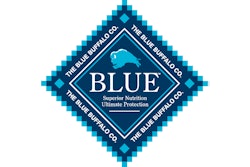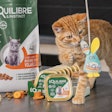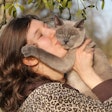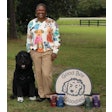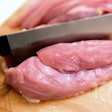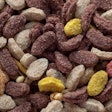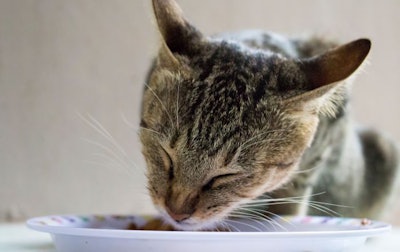
An increase in pet ownership and the premiumization of wet pet food products is driving consumer demand for wet pet food across the globe, according to a research report released by HTF Market Intelligence Consulting in August 2017.
The research document, titled Global Wet Pet Food Market 2017-2021, forecasts the global wet pet food market to grow at a CAGR of 5.66 percent during the period 2017-2021.
The report includes detailed analysis, competitive landscape, forecast and strategies. The study covers geographic analysis and important players/vendors. The report will help users gain market insights, future trends and growth prospects for the forecast period of 2017-2021.
The report divides the market into three segments based on geography — Americas, APAC and EMEA. To calculate the market size, the report considers sale of wet pet food products to individual consumers. The report also includes a discussion of the key vendors operating in this market, such as Beaphar, Blue Buffalo, Colgate-Palmolive, Mars, Nestlé and WellPet.
A sample of the report can be requested on the company’s website. Customers will also receive one free hour of a company analyst’s time upon purchasing the market report.
About wet pet food
Wet pet foods have significantly higher moisture content than dry pet foods because they contain about 70-85 percent water mixed with dry ingredients. The transportation and shipping of wet pet foods are more expensive than dry pet foods. Hence, wet pet foods are priced higher than dry pet foods. As wet pet foods have more protein and fat contents than dry pet foods, pets often perceive wet pet food to be tastier than dry pet foods. Also, most wet pet foods do not contain any preservatives, and so, are meant for quick consumption.


